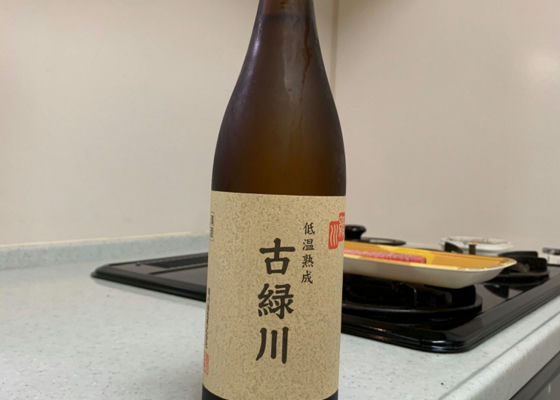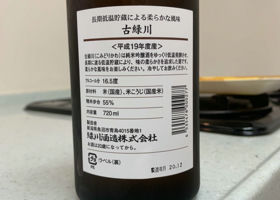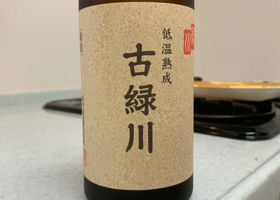


susan
Cold sake
The aroma of fresh straw. It's not my favorite aroma.
Drink it. The moment you put it in your mouth, it has an old savory and sour taste. As soon as it disappears, it's fresh water. Anyway, it's beautiful. As you swallow, a bitterness that sticks to your entire tongue. When I followed this bitterness, a light sweetness appeared.
Next, 35℃.
The bitter aroma has calmed down a little.
Drink. It goes slowly and lukewarmly into the mouth. While the core is an astringency similar to a sibilant taste, it is gently covered with a softness. The rice is felt from the base of the tongue to the nasal cavity. Rice itself. The simple taste of rice. When swallowed, it is water. A light bitterness that does not let you forget at the base of the tongue.
Next, 45℃.
The bitter aroma intensifies again.
Drink it. The conflicting flavors coalesce and spread. The rice flavor and richness intensify behind the light sweetness. The alcohol feeling is quite strong. After swallowing, there is a pleasant aftertaste that lingers in the nostrils.
Finally, 60℃.
The bitter aroma becomes stronger and there are some nuances like soy sauce and miso.
Drink. The core flavor is like two drops of soy sauce dripped on roasted straw. It is surrounded by a light sweetness of rice like a water bun. After swallowing, the bitterness and a little sourness descend humbly.
It is a classic sake both in name and reality. It may be difficult to accept for those who entered sake from the recent sweet and umami taste.
I won't be repeating it. I prefer Midorikawa raw sake.
Japanese>English